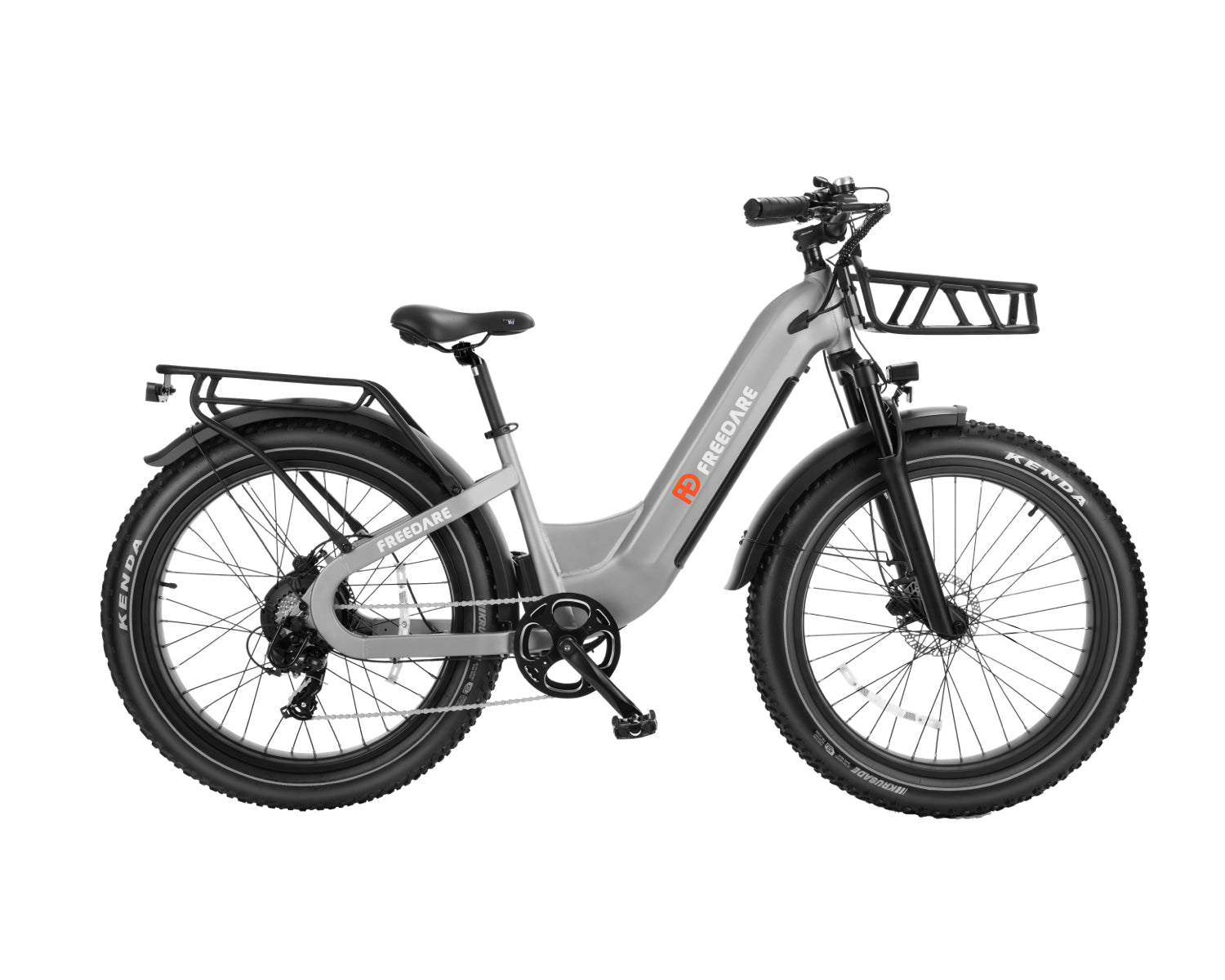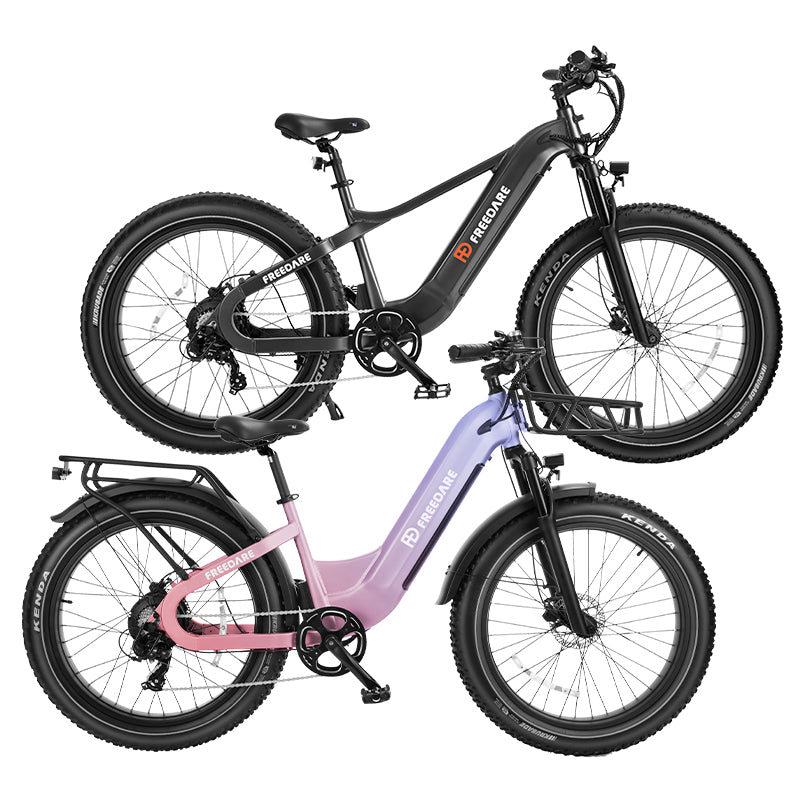Understanding the Maximum Range of Electric Bikes

In the evolving world of electric bicycles (e-bikes), one of the most crucial factors for consumers to consider is the maximum range. But what exactly does "maximum range" entail, how is it measured, and why do different e-bikes with seemingly identical battery capacities exhibit varying cruising distances?
What Does Maximum Range Mean?
The maximum range of an electric bike refers to the distance it can travel on a single charge under optimal conditions. This figure is typically expressed in miles or kilometers and serves as a critical indicator of an e-bike's practicality and usability.
How is Maximum Range Measured?
Measuring the maximum range of an e-bike involves various factors that influence battery performance and overall efficiency:
Battery Capacity: The most obvious factor influencing range is the battery's capacity, usually measured in watt-hours (Wh). A higher capacity generally means a longer range, assuming other factors remain constant.
Motor Efficiency: The efficiency of the electric motor significantly impacts how much power is drawn from the battery per unit of distance traveled. More efficient motors convert a higher percentage of stored energy into kinetic energy, thus extending the bike's range.
Riding Conditions: The terrain, road surface, and incline affect energy consumption. Uphill climbs and rough terrain increase resistance, demanding more power from the motor and consequently reducing range.
Rider Input: E-bikes often offer various levels of pedal assistance (PAS). Higher levels of PAS consume more battery power but reduce the effort required from the rider.
Environmental Factors: External conditions such as wind speed, temperature, and rider weight can also impact range. Headwinds increase resistance, colder temperatures reduce battery efficiency, and heavier riders demand more power to maintain speed.
Why Do E-Bikes with the Same Battery Capacity Have Different Ranges?
Despite having identical battery capacities on paper, e-bikes can vary in their real-world ranges due to several factors:
Motor Type and Efficiency: Different e-bike models utilize motors with varying levels of efficiency. A more efficient motor will translate battery power into motion more effectively, extending the range.
Design and Weight: The overall weight of the e-bike, including frame materials and additional accessories, affects energy consumption. Lighter bikes require less power to move and thus can achieve longer ranges.
Riding Style and Conditions: How the rider uses the bike—whether they consistently use high levels of PAS or encounter challenging terrains—can drastically alter the bike's effective range.
Is Maximum Range the Most Important Consideration When Buying an E-Bike?
While maximum range is a crucial factor, it should not be the sole consideration when purchasing an e-bike. Here are other essential factors to weigh:
Intended Use: Consider where and how you plan to use the e-bike. Commuting in urban areas might prioritize maneuverability and battery recharge time over maximum range.
Comfort and Fit: Ensure the e-bike's size and design suit your body and riding style to maximize comfort and safety.
Additional Features: Look for features like suspension, tire type, and braking systems, which contribute to overall ride quality and safety.
Budget: Balance the desired features with your budget constraints. Higher-capacity batteries and more efficient motors often come at a premium.
Reviews and Reputation: Research user reviews and expert opinions to gauge real-world performance and reliability.
In conclusion, while the maximum range is a pivotal factor in e-bike selection, understanding how it is measured and why different models with similar battery capacities can vary is crucial. Assessing your personal riding needs, considering various environmental factors, and evaluating the overall build quality are equally important when making an informed purchase decision. By doing so, you ensure that your chosen e-bike not only meets but exceeds your expectations in terms of performance, efficiency, and enjoyment.
0 comments







